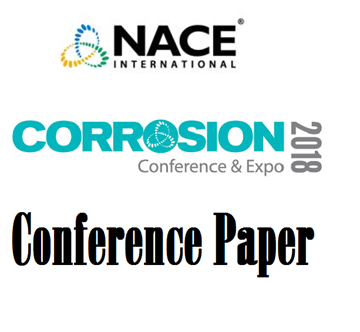Search
Effect Of Varying H2S Content On High Temperature Corrosion Of Austenitic Alloys In A Pyrolysis Process Of Post-Consumer Plastics
Also Purchased
Effect Of Inhibitor Component On Inhibitor Efficiency - Inhibitor Types And Intensifier-
Product Number:
51322-17791-SG
Publication Date:
2022
$20.00
Effective SCC Inspection Of In-Situ Oil Sands Pipelines Using Advanced Eddy Current Array Technology
Product Number:
51322-17981-SG
Publication Date:
2022
$20.00
51318-10632-Pitting corrosion on high-Mn steel alloyed with Ni and Cr in low H2S high CO2 high temperature and high Cl- environment
Product Number:
51318-10632-SG
Publication Date:
2018
$20.00




